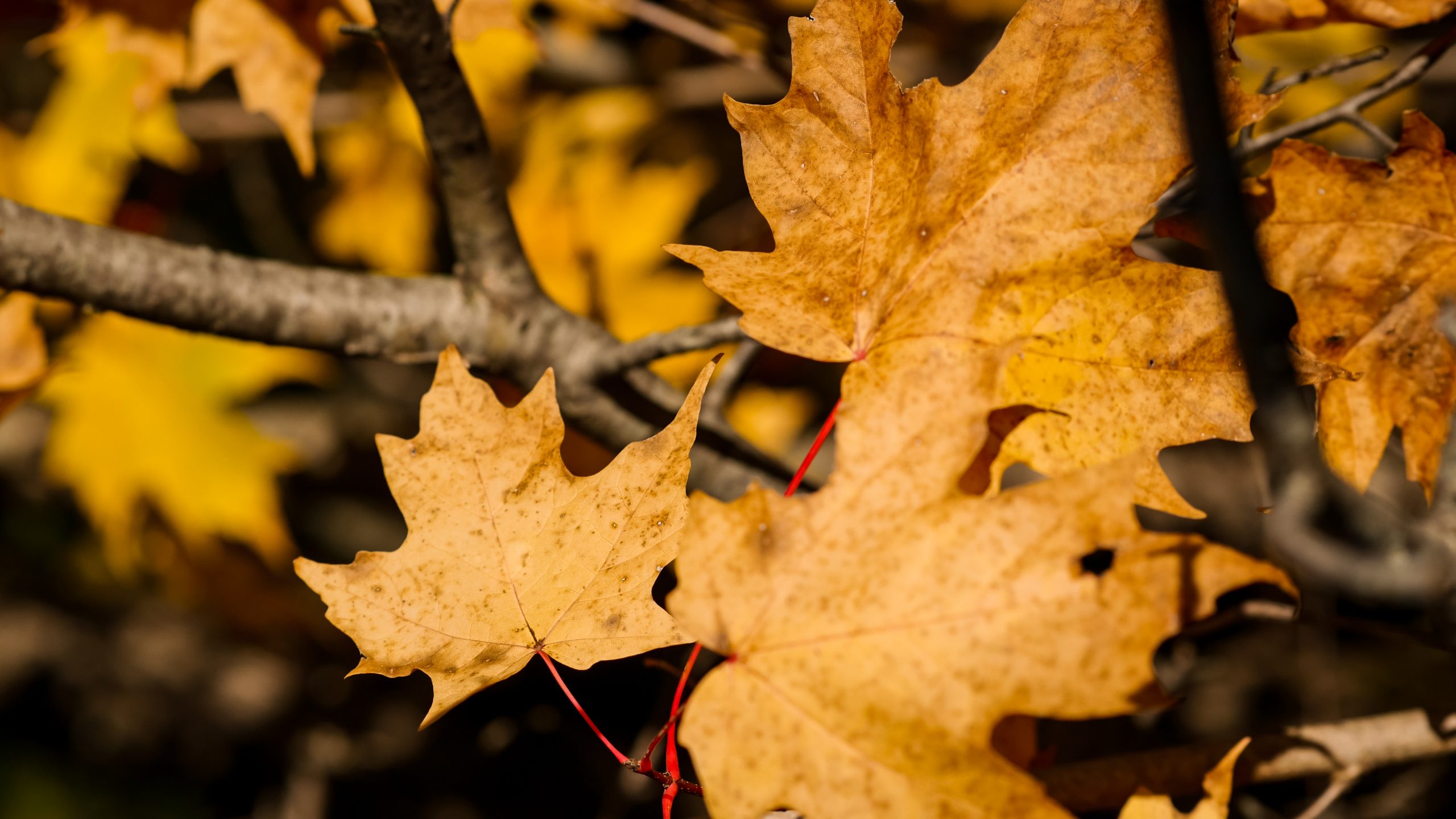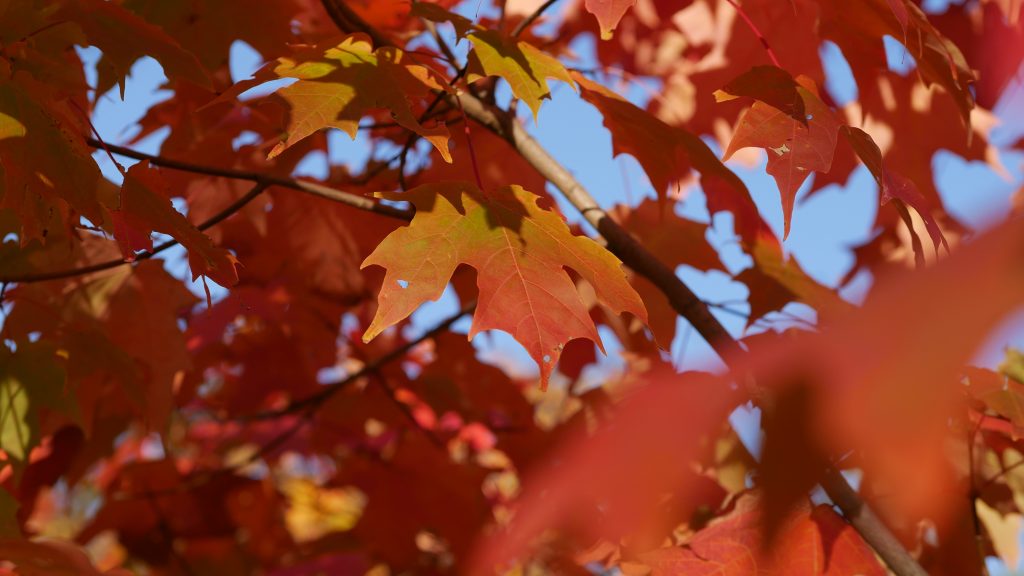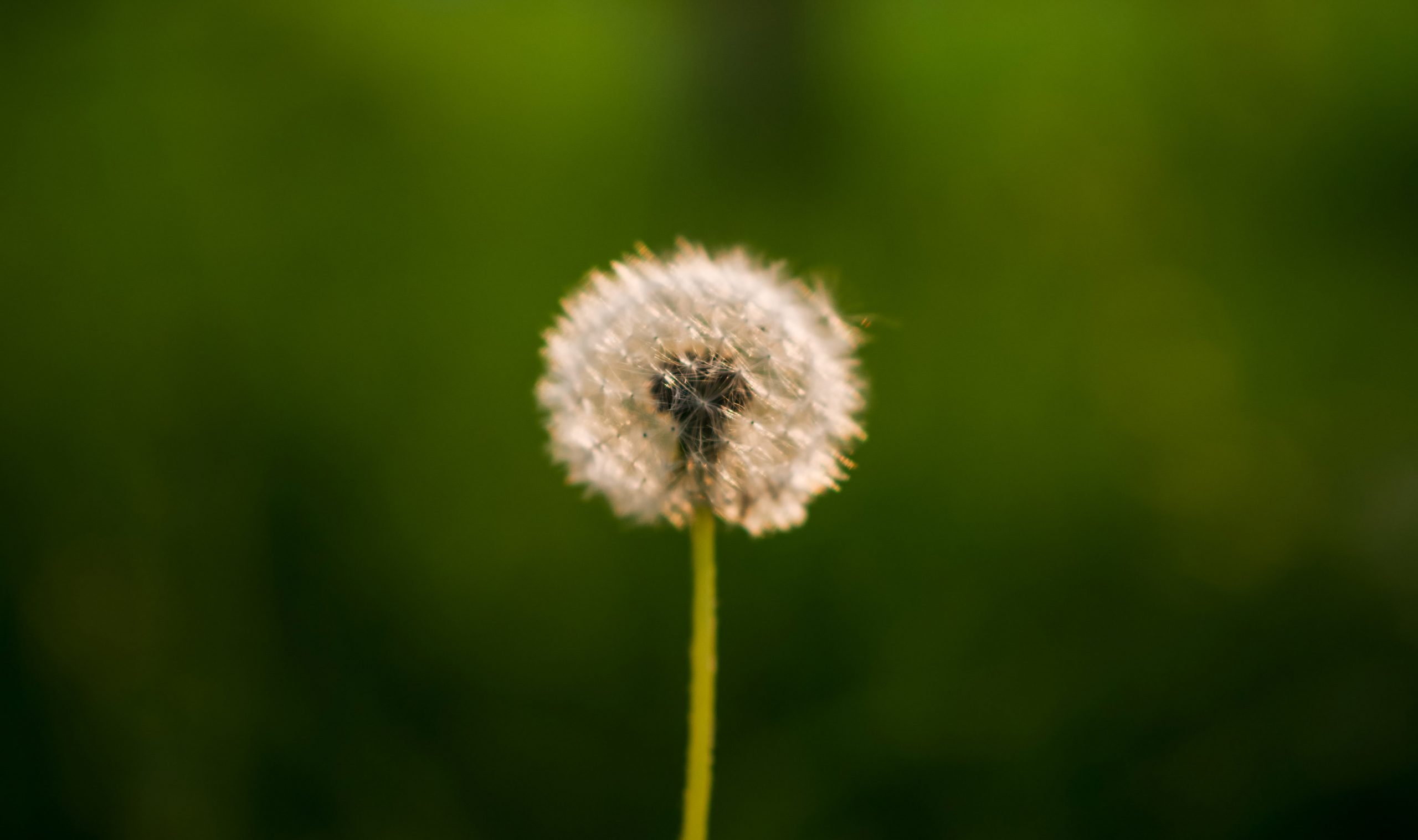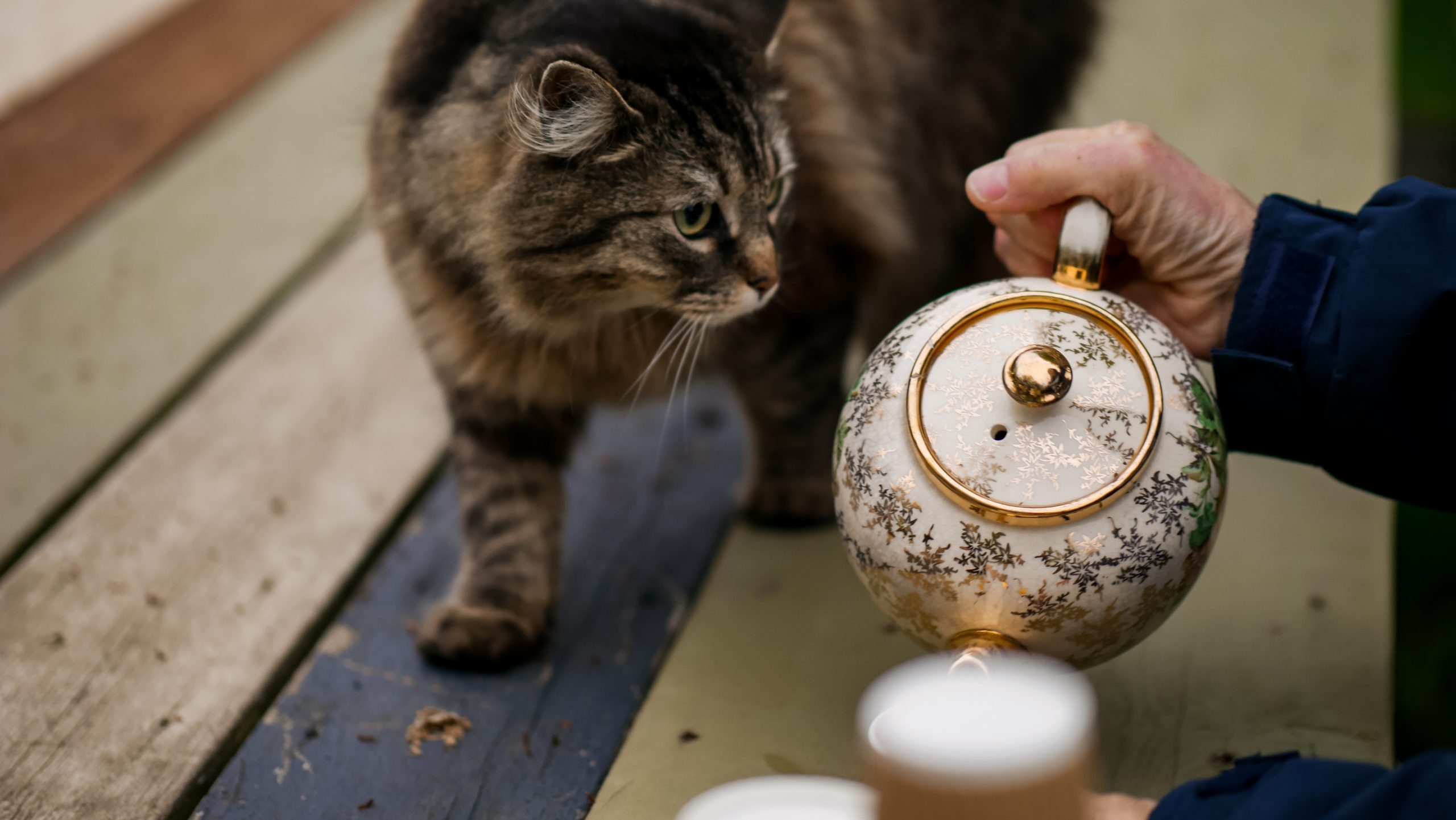Talking About Maple Syrup
Spring is on it's way...
My first experience with making maple syrup by myself was for my son’s science fair project on evaporation. That was over 25 years ago! I had as much fun as the boys. First, we tapped a couple of old sugar maples. Then waited anxiously for the sap to flow. When it was time to begin our experiment, we evaporated just enough sap to make syrup and then continued the evaporation process till we make Maple Candy, such a yummy experiment!
Believe it or not, but I personally go through a 4L jug of syrup per year! We LOVE it!
When is maple syrup tapping and harvesting season?
Maple sugar season in Ontario normally starts in the late winter and ends in the early spring. The sugar maple’s sap starts to flow after a hard freeze. The best time for maple sap collection is when nights are freezing cold and are followed by sunny and rather warm days that are between 40 and 50 degrees Fahrenheit. On days when these conditions are not reached, the flow of sap will be slow. When optimum conditions are reached, the sap will flow quickly, on these days, we should check often so that the buckets don’t run over! The entire sap collection season only lasts from three to four weeks. When the temperature remains above freezing, or when the maple trees begin to form buds, it’s time to stop collecting sap from the trees. If maple syrup is made from sap collected once buds have begun to form on the maple trees, the syrup will smell bad and have a poor flavor.
How long does maple syrup last?
Maple syrup never spoils! This is due to the high concentration of sugar in maple syrup. Maple syrup should be kept in the refrigerator once it’s opened to discourage mold from growing on the syrup. Should mold grow on maple syrup, it’s safe and easy to remove. Just scoop the mold off the top of the syrup with a spoon and discard the mold or strain the maple syrup into a clean container through a piece of cheesecloth. Maple syrup kept in a cold place such as a refrigerator is less likely to grow mold than maple syrup kept in a cupboard or other warm place.
How do you know when the maple syrup is done?
We have chosen to use a very simple method, the spoon test. Dip a spoon into the boiling sap and watch the sap drip back into the pan. If the sap still needs to boil more, the sap will fall off the spoon in separate droplets. When the syrup starts to run off the spoon in a sheet or a stream, then it’s almost done. It will also start to look more like syrup and less like sap at this point. If you think the syrup is done, take it off the fire and let it cool a bit. As it cools it should start to thicken if it has turned into syrup. If the syrup is still not thick enough it can be returned to the heat and boiled some more.
Which maple tree do you get syrup from?
There are three different species of maple that produce the kind of sap from which maple syrup is usually made, Sugar Maple (Acer saccharum), the Black Maple (Acer nigrum), and the Red Maple (Acer rubrum). These three species of maple have very high sugar contents in their sap. Red Maples offer a shorter sugar season because they tend to bud earlier than either Sugar or Black Maples. You can also tap the Manitoba Maple (Acer negrundo), the Silver Maple (Acer sacharinum), and the Bigleaf Maple (Acer macrophyllum). Birch and Black Walnut trees can be tapped for syrup. Next year I am going to try Black Walnut just for fun!
Does maple syrup have potassium in it?
One tablespoon of maple syrup contains 42 mg of potassium. Not only does maple syrup contain potassium, but it also contains calcium, zinc, manganese, magnesium, and iron. The darker the maple syrup, the more of these minerals it contains. Maple syrup also contains trace amounts of vitamins B1, B2, B5, B6, biotin and folic acid.
Dandelion: Materia Medica
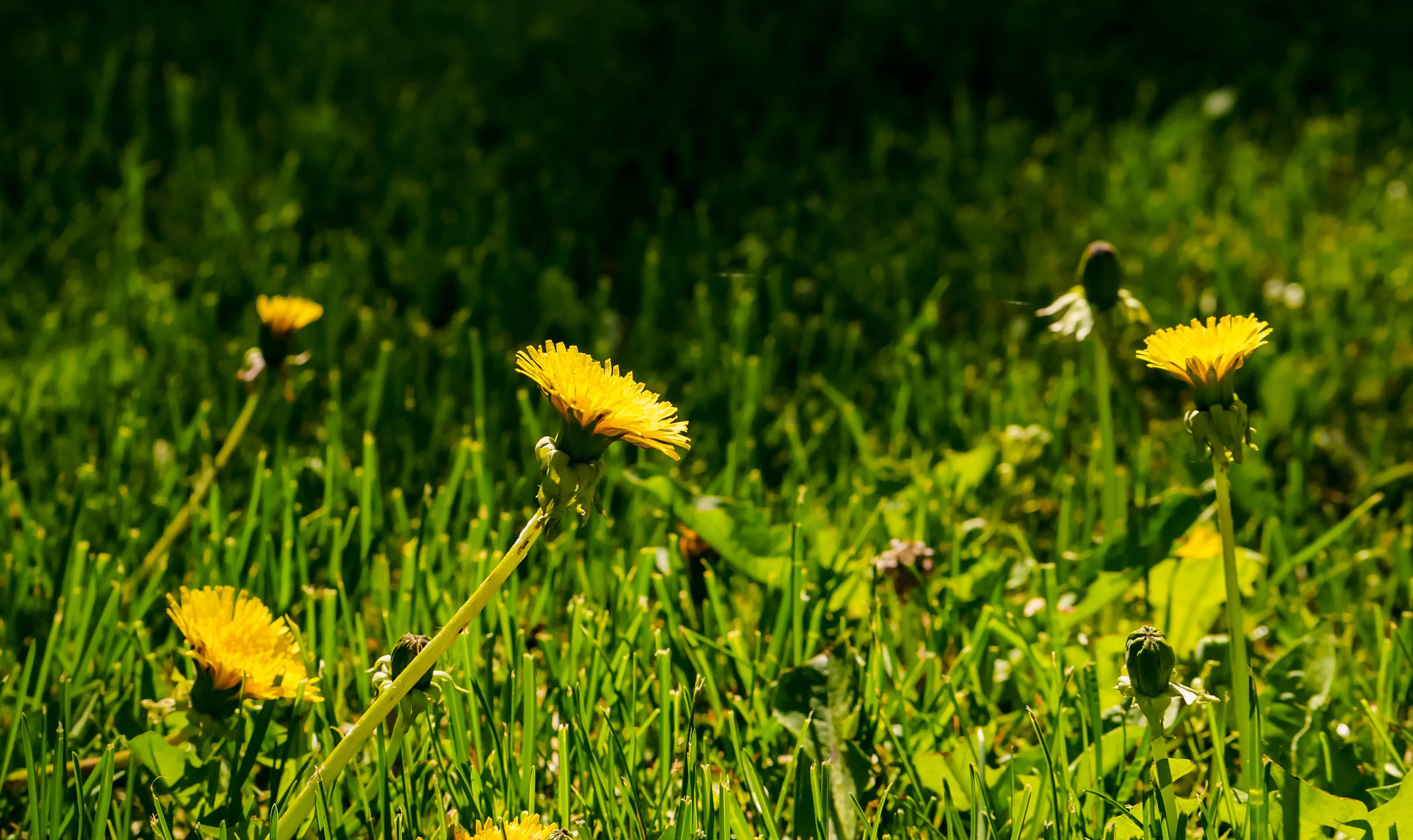
Dandelion
Botanical name: Taraxacum Officinal
Pertinent Information on the Plant
- Alterative (blood purifier)
- Hepatics (having to do with the liver)
- Diuretic (increases urine flow)
- Anti-rheumatics (easing pain of rheumatism and inflammation of joints and muscles)
- Antibilious (helps body remove excess bile and thus aid in cases of biliary and jaundice conditions)
- Laxative (substance that acts to loosen the bowels contents)
- Cholagogues
- General Tonic (liver, blood, kidneys)
- Digestive bitter (improves digestion)
- Varicose veins
- Skin conditions
- Bitter
- Water retention
- Builds energy
- Nervine, high in calcium, iron
- Herpes
- Rashes
- Beats out milk thistle for taking care of liver
- Old name Pissinlct – makes us pee and pee
- Leaf – diuretic (increases urine flow)
- Root – liver – anti-inflammatory
- Good for gas and bloating
- Whole dandelion is good for hypertension
Habitat and Growing area
- Found widespread colouring meadows and waste places in April – May. Dandelion is found here in Ontario on our farm, lawns and disturbed soil
Extra Notes
- Taste is bitter and sweet. Smells earthy, very delicious cup of tea
- Used in many nutritious and digestive tea blends
Reference Books:
Holistic Herbal, by David Hoffmann
Pages: 27, 31, 52, 54, 61, 62, 71, 78, 79, 85, 89, 101, 109, 111, 121, 128, 143-147, 156, 182, 189, 196, 205, 243
The Way of Herbs, by Michael Tierra
Pages: 12, 13, 32, 35, 36, 37, 127-128, 314-315
The Complete Encyclopedia of Herbs, by Nico Vermeulen
Page: 285
Family Herbal, by Rosemary Gladstar
Pages: 19, 25, 28, 32, 51, 55, 78, 85, 91, 94, 100, 102, 105, 189, 193, 200, 201, 203, 206, 218, 219, 221, 227, 255, 256, 263, 277, 326-27
Peterson Field Guide: Easter/Central Medicinal Plants and Herbs, by Steven Foster and James A. Duke
Pages: 145, 146
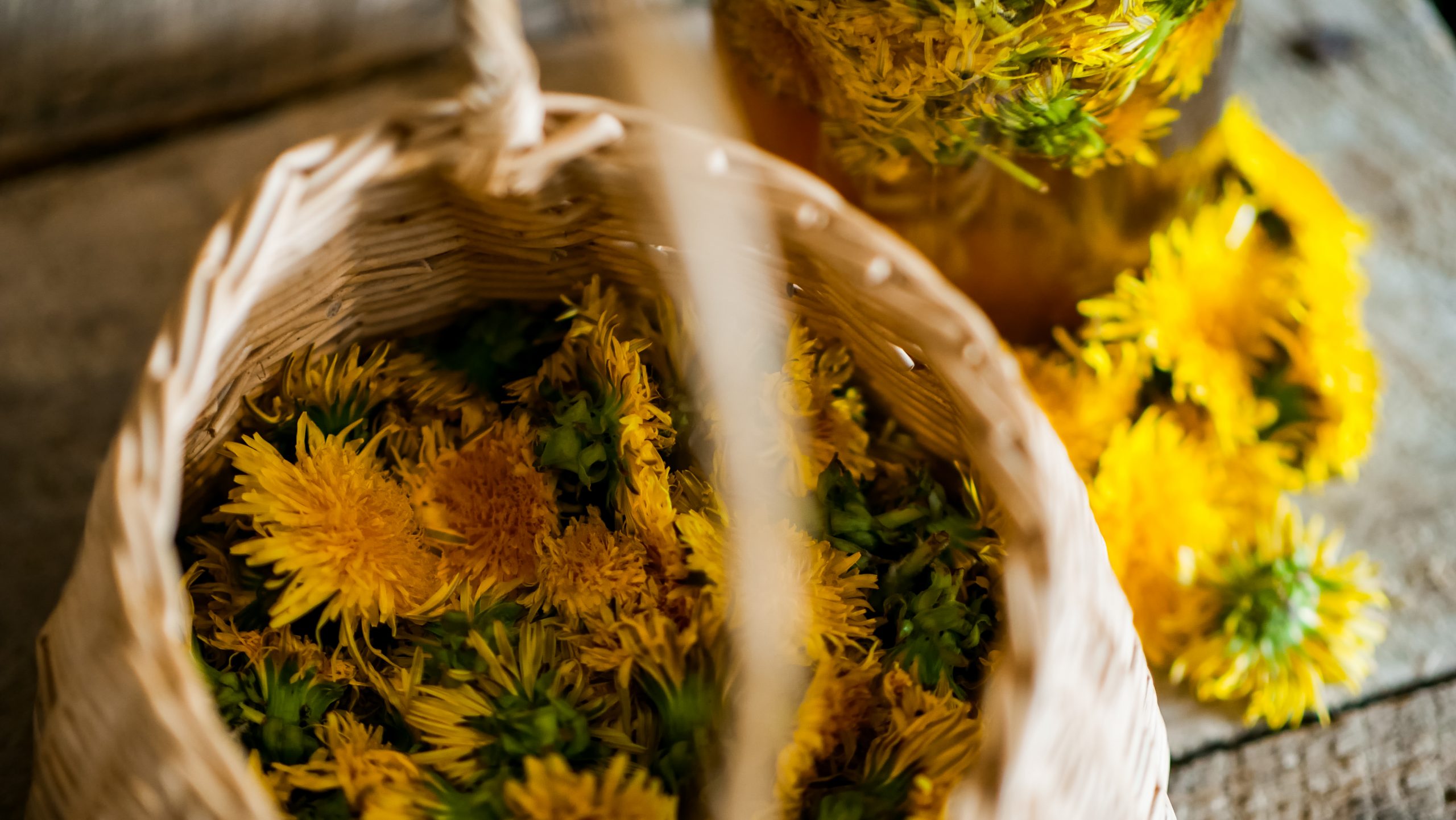
Motherwort: Materia Medica
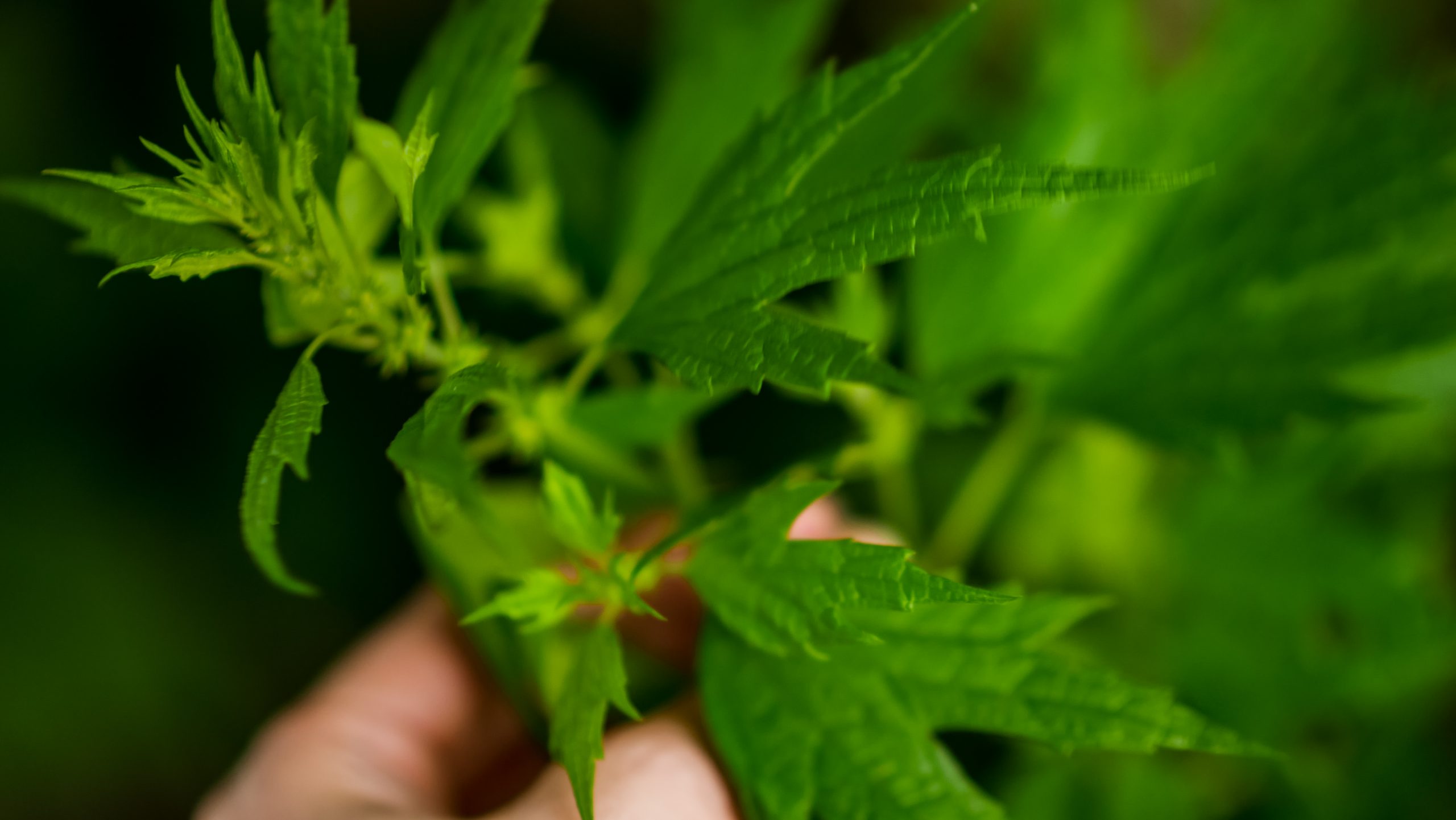
Motherwort
Botanical name: Leonorus cardiaca
Pertinent Information on the Plant
- Emmenagogue (agent that regulates and induces normal menstruation)
- Suppressed menstruation
- Female disorders
- Relieving menstruation cramps
- Menopause (water retention, hot flashes, M=mood swings)
- Aids in child birth
- Heart tonic
- Heart palpitations
- Add to cough formula when someone has bad heart
- Add to asthma formula when someone has a bad heart
- Nervine relaxant (calm nervous tension and nourish the nervous system)
- Sedative (exerts a soothing, tranquilizing effect on the body)
- Antispasmodic (calming nervous and muscular spasms or convulsions)
- Hepatic (having to do with the liver)
- May be used to alleviate false labor pains
- Diuretic (increases flow of urine)
- Carminative (causing the release of stomach or intestinal gas)
- Antioxidant (prevents or inhibits oxidation)
- Fevers
- Stomach aches
Habitat and Growing area
- Found on our farm in Ontario Canada
- Likes to grow in disturbed ground; pasture land and fence line
Extra Notes
- A beautiful addition to heart tonic tea and menstruation teas
Reference Books:
Holistic Herbal, by David Hoffmann
Pages: 26, 27, 28, 38, 39, 65, 78. 99, 101, 104, 144-147, 183, 215
The Way of Herbs, by Michael Tierra
Pages: 158-159
The Complete Encyclopedia of Herbs, by Nico Vermeulen
Pages: 168
Family Herbal, by Rosemary Gladstar
Pages: 203, 205, 228, 261, 295, 350
Peterson Field Guide: Easter/Central Medicinal Plants and Herbs, by Steven Foster and James A. Duke
Pages: 182, 183
Tinctures
Adults
General adult tincture dosage: 15 – 30 drops / 3x daily
or
Dosage of a tincture for a chronic problem is ¼ teaspoon 3x daily.
Dosage for acute situations is ⅛ – ¼ teaspoon every half hour to an hour.
Children
Tinctures (vinegar base):
Young’s Rule = ¼ of adult dosage
Cowling’s Rule = ⅙ of adult dosage
Teas
General guideline:
If an adult dose is 1 cup of tea:
Children 1 year or less = 2 teaspoons
Children 2 – 4 years = 3 teaspoons
Children 4 – 7 years = 1 tablespoon
Children 7 – 11 years = 2 tablespoons
or
Tea is usually given in a dose of 1 – 2 eye droppers full to ¼ cup to children under one year, ¼ – 1 cup every few hours to toddlers and older children. For children over 1, teas can be sweetened with honey or maple syrup. Honey is excellent for treating coughs, too! (Do NOT give honey to babies under 2 years old – it can cause infant botulism).
February 14, 2021

